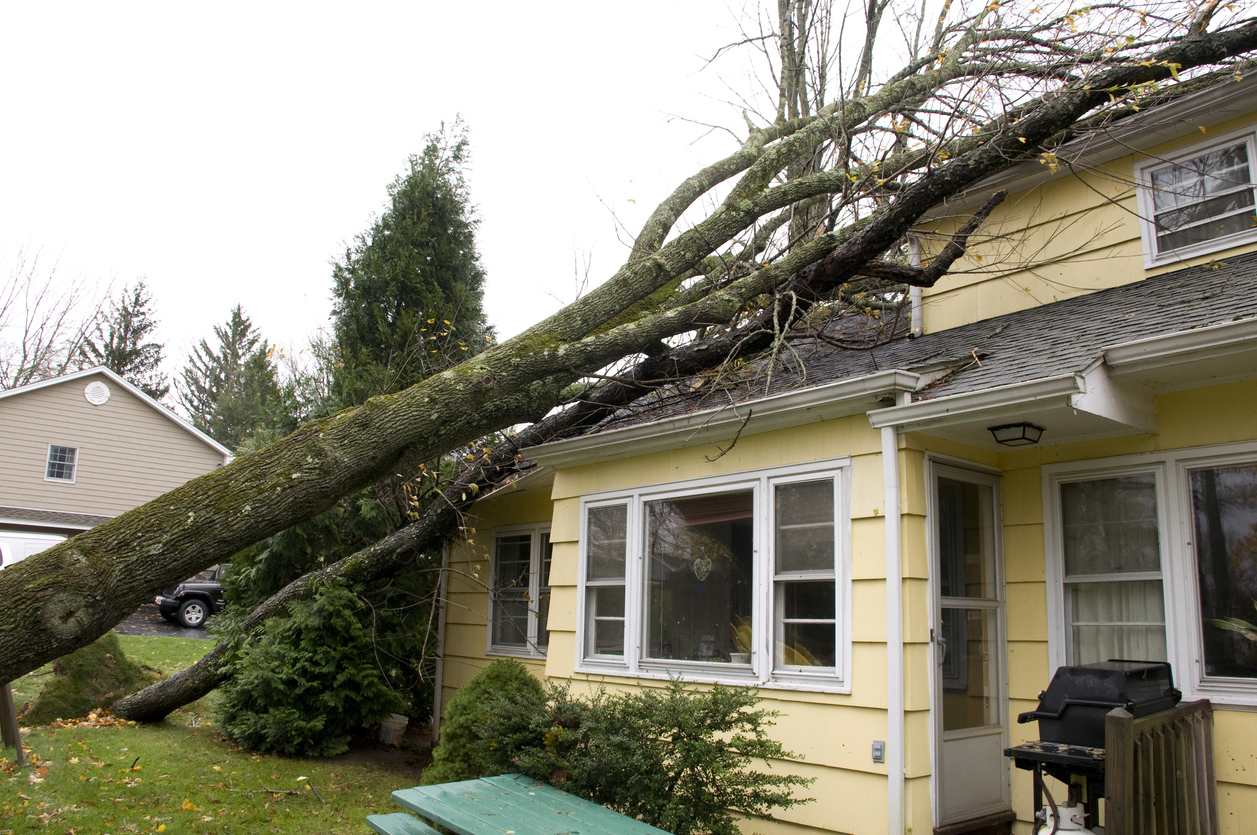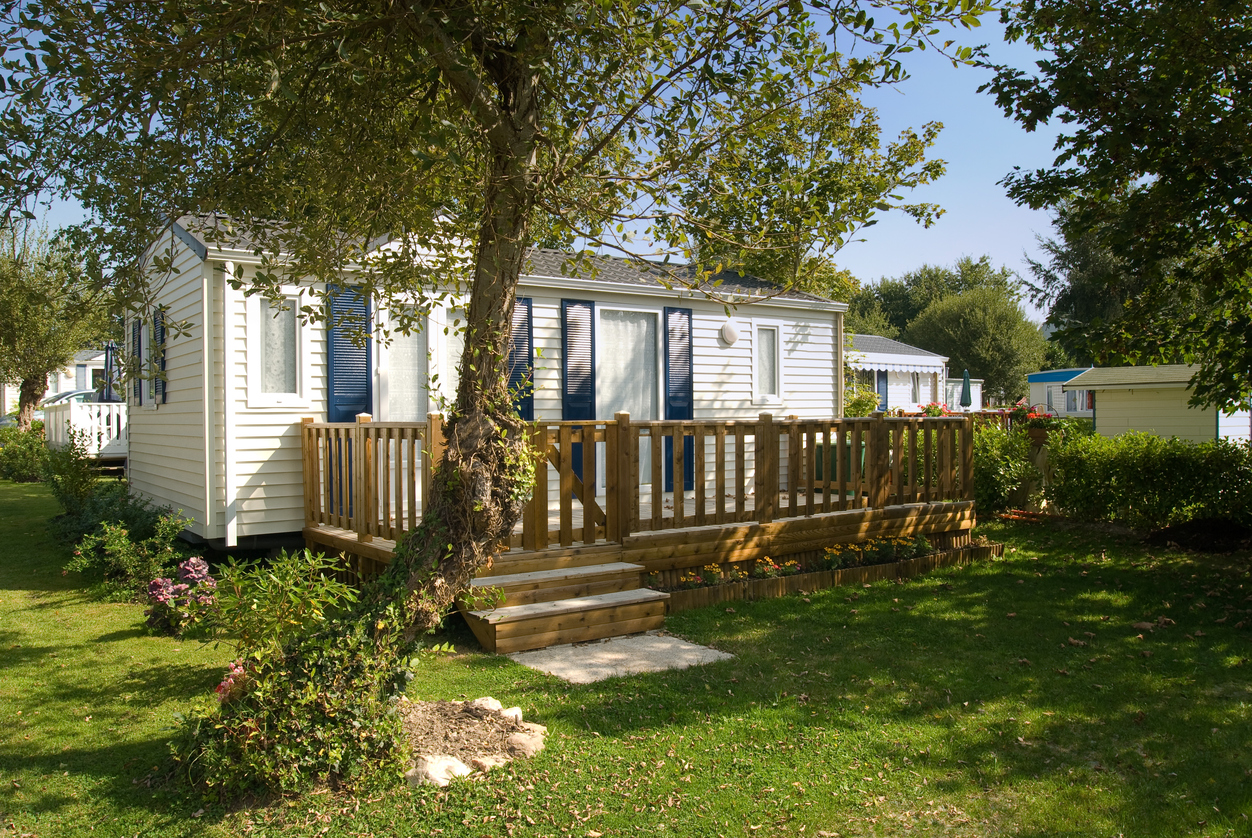Fall Maintenance Tips & Insurance Advice.
As Autumn paints our yards with vibrant colors and cooler breezes, it’s time to prepare your home, vehicle, and cottage for the seasonal transition. Just like birds building cozy nests, you can get your spaces ready to weather the changes while keeping insurance concerns in mind. In this blog, we’ll share valuable Fall maintenance tips along with some chirpy insurance insights. Let’s swan dive in!
Preparing Your Home for Autumn.
- Gutter Guardians – Clean out those gutters! Leaves can clog gutters and downspouts leading to potential water damage. Make sure your maintenance is up-to-date, and while you’re at it, ensure your home insurance covers potential water-related issues.
- Roof Check – Take a look up on the roof. Are there any loose or damaged shingles? Proper roof maintenance can prevent leaks and costly insurance claims.
- Window Weatherproofing – Windows are for more than looking out at the changing leaves! They keep out the wind and cold – seal any gaps around windows and doors to keep chilly drafts out. A well-insulated and cared for home may qualify for insurance discounts. While you’re at it, take a look at any pipes in or around your home that may need to be insulated or weather-proofed!
- Fireplace Finesse – If you have a fireplace, pellet stove, or woodstove, schedule a professional chimney cleaning. Chimney fires really ramp up in the Fall and can cause major damage to your home. This is also a good time to replace your furnace filter. Safeguard against potential fire hazards and review your home insurance’s fire coverage. While most policies cover fire, finding a contractor and getting your home rebuilt before the snow flies can be problematic and stressful. Remember to also replace the batteries in smoke detectors, and test/check fire extinguishers!
- Yard Cleanup – Trim branches near your home and clear dead vegetation from your property. Not only can this reduce the risk of fire spreading to your home but can also stop any impact damage from trees or branches falling on valued property.
Getting Your Vehicles Autumn-Ready.
- Tire Tread Check – We always recommend changing from all-season or “summer” tires to winter or snow tires when the weather changes. Some insurance companies even give discounts for driving with winter tires! Ensure your vehicle’s tires have sufficient tread for wet and potentially icy roads.
- Fluid Focus – Check & top up fluids like antifreeze and windshield washer fluid. Some fluids (like windshield washer fluid) come in different formulas per season – so make sure that your vehicle has the proper fluids it needs so that you aren’t stuck in the cold. Salt and sand build up on the roads can cause dirty windshields!
- Brake Buddy – Get your brakes inspected to ensure they’re in top condition. Brake issues can lead to accidents, which can impact your auto insurance rates. Changing seasons are a great time to get a full inspection on your car including oil change, tire rotation or change, fluid top-ups, brake inspections, and more!
- Lights On – Check all lights and replace any burnt-out bulbs. As the weather changes, it gets dark earlier and stays dark later in the mornings. Working signal lights warn other drivers of turns you are about to make, and having properly functioning driving and high-beam headlights can help reduce the change of wildlife collisions while driving.
- Emergency Kit – Assemble an emergency kit with essentials like blankets, flashlights, water, and first-aid supplies. If there is an accident or break down, you want to make sure your car has the right supplies to keep you visible and warm until help arrives.
Weather-Proofing Your Cottage.
- Storm Shelter – Make sure outdoor furniture, decor, and objects are secured or brought inside when you leave your cottage even for a week! High winds can cause them to become airborne and could damage your property.
- Cottage Safety Inspection – Ensure smoke detectors and carbon monoxide alarms are functioning correctly. Safety features can affect insurance costs and claims. Follow all the maintenance tips you would follow for your own home, but pay particular attention when looking at properties that may be uninhabited or vacant for longer periods of time.
- Pest Patrol – Seal any gaps and inspect for pests that might seek warmth in your cottage. Damage caused by pests may not be covered by your insurance policy. Rodents such as mice only need a 1/4-inch hole to get into your cottage and take up shelter. Bugs and insects looking for warmth also need just a sliver of space to make their way inside.
- Septic System Check – Schedule a septic tank inspection before winter. While you may not need a septic tank at a cottage or cabin pumped every year (consult a septic expert for advice) you want to make sure that there are no leaking pipes, or pipes that may need to be insulated/winterized before leaving camp for the season.
- Security Systems – If your cottage is “shut down” for the winter, or even just for a few weeks, it’s a great idea to install a security system. Security systems help you monitor what’s happening on your property, keep people away who shouldn’t be there, and protect your property. Security systems can also prompt discounts on your insurance. Be sure to advise your insurer if your cottage or seasonal dwelling is going to be vacant for extended periods of time to ensure your coverage is adequate.
Remember, just like birds fortify their nests for the changing seasons, you can prepare your spaces for Autumn. Plus, by addressing these maintenance tasks, you’re not only safeguarding your property but also potentially affecting your insurance rates positively. So, spread your wings and feather your nest for a cozy and secure autumn!







 Most policies insured with Cheep Insurance are Agency Bill/IFS financed policies. You can determine who manages your payments by following the directions below. If you are still not sure who manages your payments, call our team as funds paid directly to the insurance company when they should go to IFS will cause large delays.
Most policies insured with Cheep Insurance are Agency Bill/IFS financed policies. You can determine who manages your payments by following the directions below. If you are still not sure who manages your payments, call our team as funds paid directly to the insurance company when they should go to IFS will cause large delays.